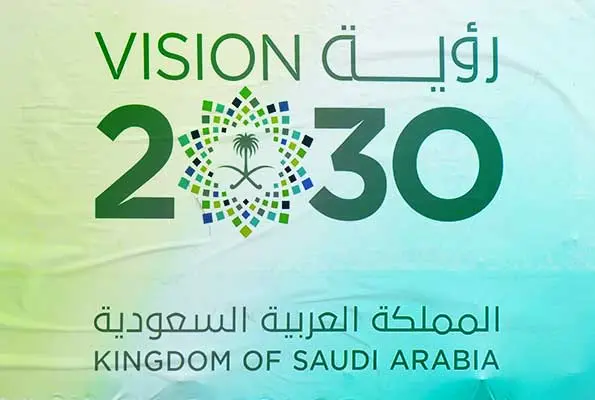In 2016, Saudi Arabia unveiled an ambitious roadmap for its future, aptly named Vision 2030. The plan aims to diversify the country’s economy, reduce its reliance on oil, and elevate it to become one of the world’s top economies. The effects of Vision 2030 go beyond the boundaries of Saudi Arabia and have a profound and transformative influence on the entire Middle East region.
Vision 2030 is an ambitious plan that aims to leverage Saudi Arabia’s plentiful resources and strategic location to drive economic growth, spur innovation, and promote social development. One of the primary objectives of the vision is to diversify the economy, with a focus on expanding sectors such as tourism, entertainment, technology, and renewable energy. By reducing its reliance on oil revenues, Saudi Arabia aims to build a more sustainable and resilient economy that can thrive even in the face of volatile global energy markets.
The impact of the reforms in Saudi Arabia is not limited to the country alone. Being the largest economy in the Gulf Cooperation Council (GCC), the economic transformation of Saudi Arabia has significant implications for the entire region. Neighbouring countries in the Gulf, such as the United Arab Emirates (UAE), Bahrain, and Kuwait, are closely observing Saudi Arabia’s progress and attempting to replicate its success. Many of the Gulf states have already launched economic diversification initiatives, taking inspiration from Vision 2030.
The Vision 2030 plan is having a significant impact on the geopolitical dynamics of the Middle East. Saudi Arabia is undertaking measures to modernise its economy and society, while also adopting a more assertive foreign policy. This new approach aims to establish the Kingdom as a leader in the region and a significant player on the global stage. Saudi Arabia’s efforts to diversify its strategic partnerships, enhance its relationships with emerging powers such as China and India, and take a more active role in regional diplomacy and conflicts are all examples of this new assertiveness.
The impact of Vision 2030 is not only limited to economics and geopolitics, but it’s also driving profound social and cultural changes throughout the Middle East. In Saudi Arabia, the vision is emphasising social reform and women’s empowerment. The lifting of the ban on women driving, the expansion of women’s rights in the workplace, and the opening of cinemas and entertainment venues are just a few examples of the social transformations underway in the Kingdom.
The changes brought by Vision 2030 are not limited to Saudi Arabia alone. They are spreading throughout the region and inspiring similar efforts to promote social progress and gender equality.
Saudi Vision 2030 is reshaping the Middle East in profound and multifaceted ways. By charting a bold course for economic diversification, social reform, and geopolitical realignment, Saudi Arabia is not only transforming society but also influencing the entire region. As the effects of Vision 2030 continue to unfold, the Middle East is poised to emerge as a more dynamic, inclusive, and resilient region in the years to come.



